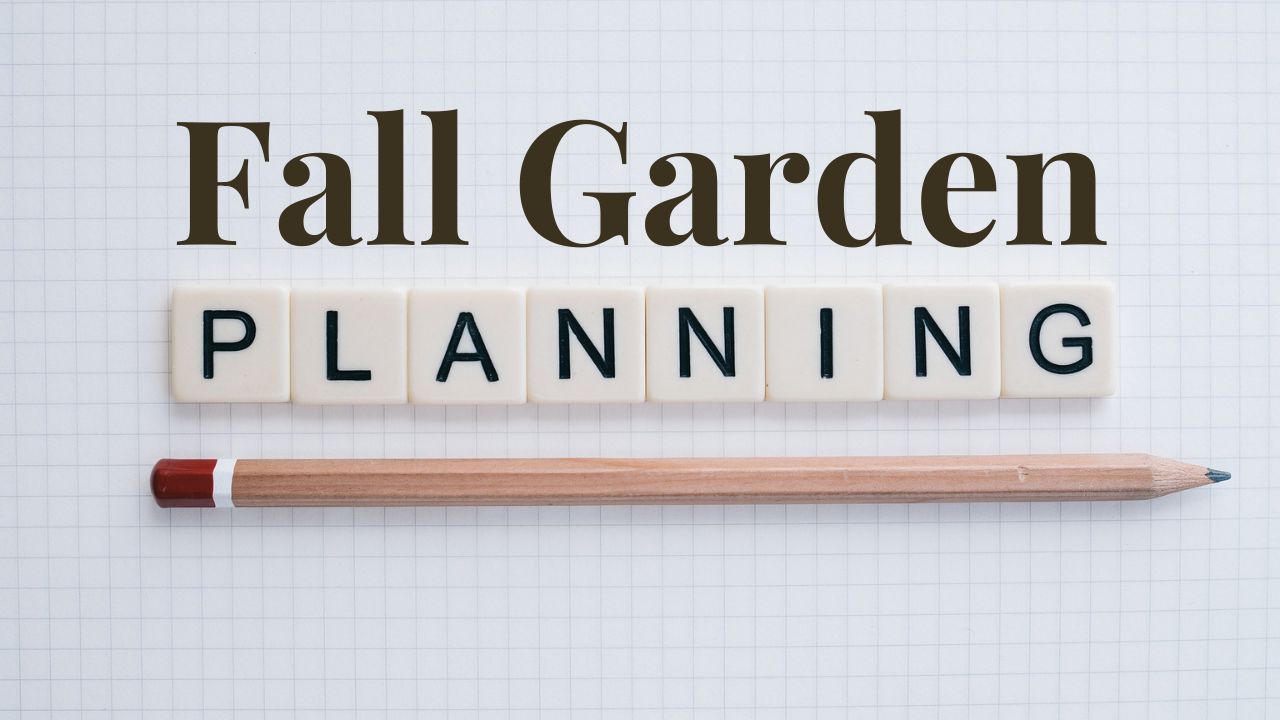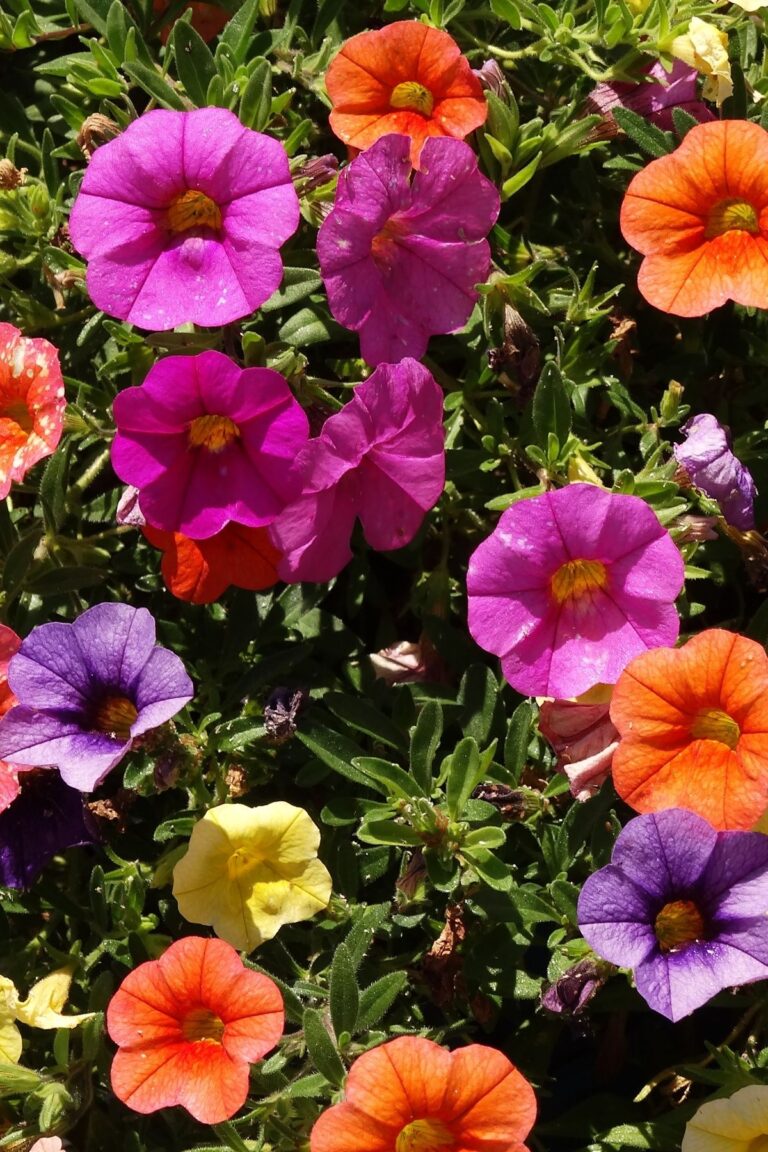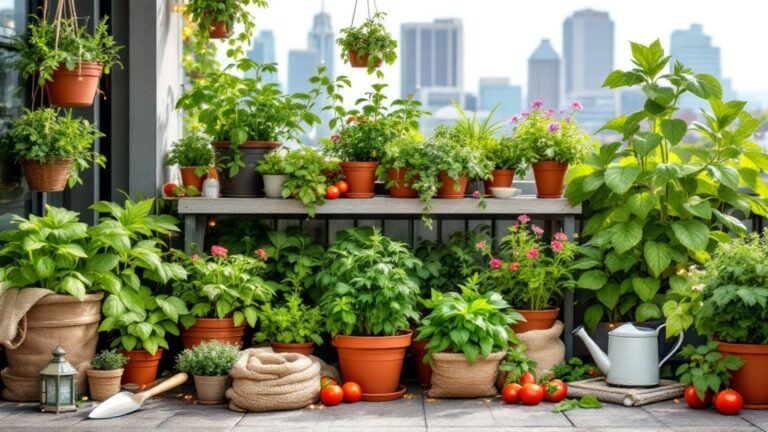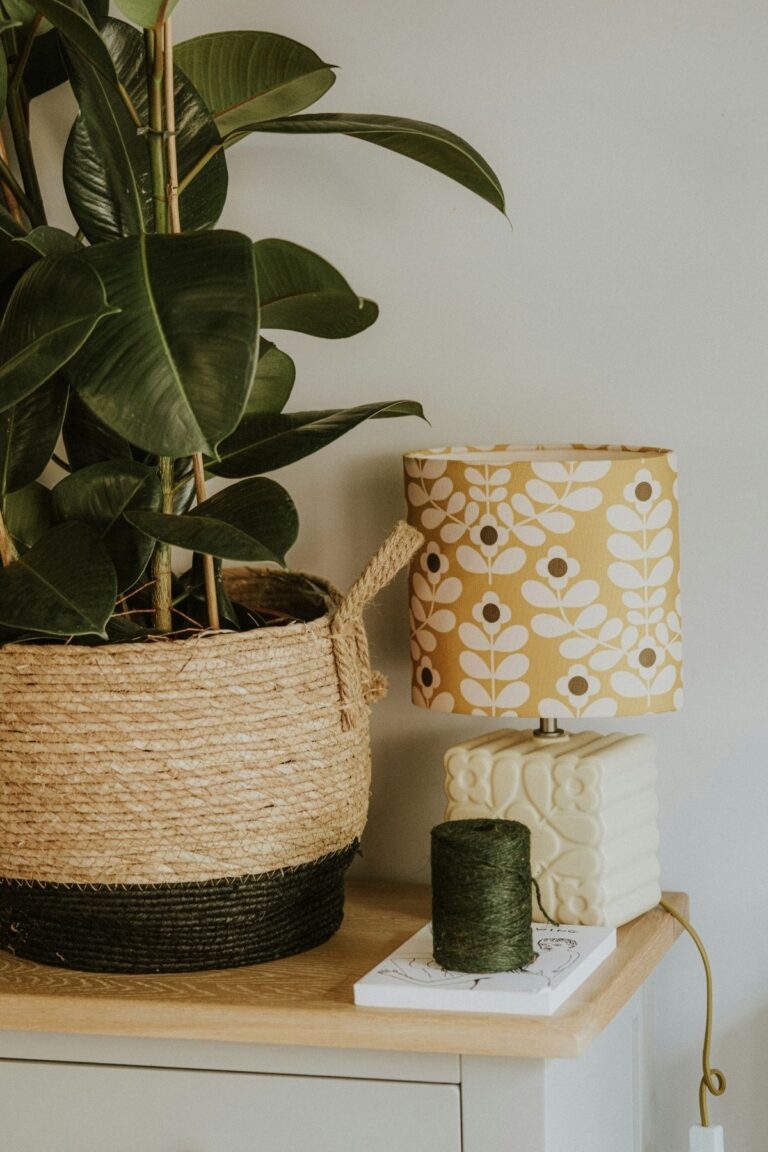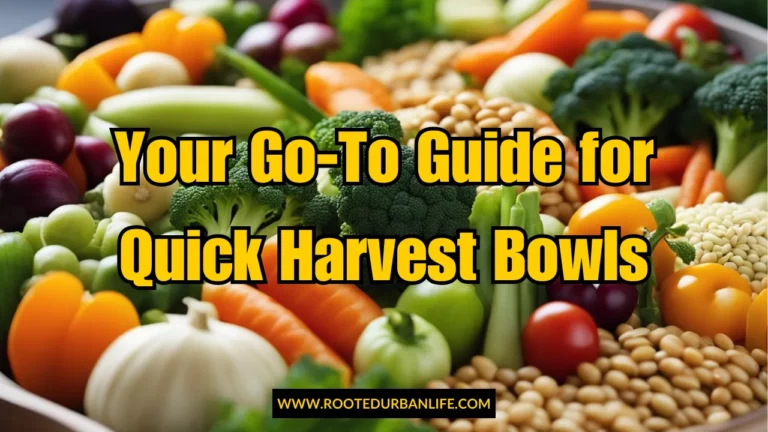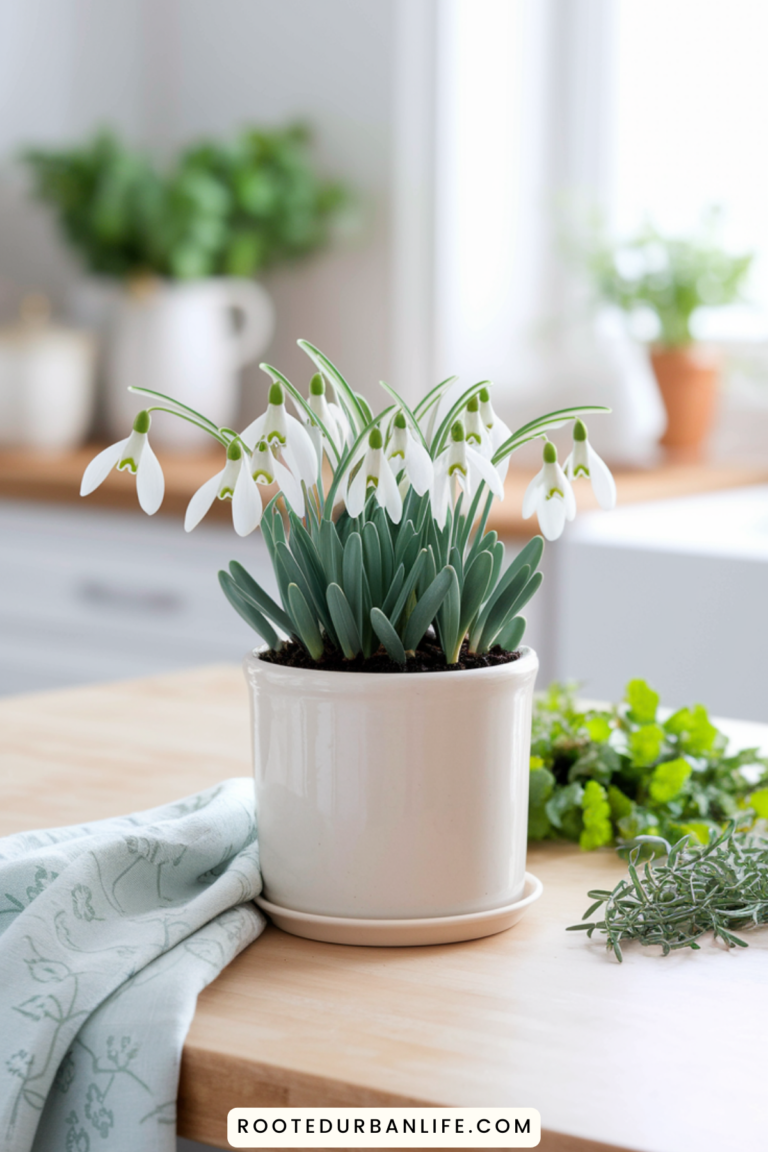When To Plant Fall Crops
Planning a garden does not have to be complicated. This step-by-step guid will help you get started on the right foot.
By carefully planning your garden to take full advantage of an extended growing season in fall, you can increase the yield of your garden, produce more food for yourself and increase your self-sufficiency. This is one of the most important tasks on your fall gardening checklist.
The fall season presents some advantages for gardeners:
- cooler weather usually means more rain and less heat and water stress for the plants.
- the pest population also tends to decline when the weather cools down
- the soil is easier to prepare and amend because it is softened by the rain
- using cloches, tunnels, cold frames can extend the season well into the winter
- some crops become sweeter after being exposed to a light frost.
Planting times and season extension depend on your gardening zone. To find out what is your gardening zone, you can try sites like these ones:
http://planthardiness.gc.ca/?m=1
https://www.gardenia.net/guide/canadian-hardiness-zones
https://www.almanac.com/what-are-plant-hardiness-zones
Calculating Your Planting Timeline
To time things right, you need to know your area’s first frost date. This is an average date, so there will be variations.
On the seed packets, “days to maturity” indicates how many days it takes for the plant to grow to maturity under ideal conditions.
In fall, plant tend to grow slower becasue the days are shorter and the temperatures cooler.
This means that you need to add 1-2 weeks to the “days to maturity”.
Once you have these values calculated, you can start determining the planting dates.
You work backwards form the first frost date and sustract the number of days to maturity calculated above (so accounting for the slower growth in fall).
If you are planting crops with frost tolerance, then you can calculate the planting dates based on the first hard freeze date.
If you plant quick-maturing crops, you could stagger plant every 1-2 weeks.
Additional Considerations
Planting dates can be influenced by other factors such as:
- Microclimates created by urban environments, south-facing slopes, or the presence of large bodies of water. These result in warmer temperatures and milder fluctuations.
- Soil temperature between 60°F and 70°F (15.5°C to 21°C) are ideal for seed germination. You can use a soil termemoter to determine if the time is right for planting.
- Check the weather forecast and adjust accordingly to account for unusual weather patterns (too hot or too cold)
Next steps
Other things to consider to ensure success and extend the gardening season are:
- using row covers, cold frames or hoop houses to protect the plants form early frost.
- preheat the soil before planting by covering the beds with black plastic sheets 1-2 weeks ahead of the planting date.
- start seeds indoors by calculating 4-6 weeks for the seadlings to reach the transplant size.
- plant fall crops between the summer crops.
- chose varieties that are less sensitive to the shortening of the days.
Other tips
- Keep a detailed garden journal and record planting dates, weather conditions, crop performance to make informed choices for the next season
- Use plant phenology to help you create a planting calendar. For example, plant peas when the forsytia blooms.
- Monitor soil moisture and day/night temperature differences and adjust accordinly
- Flexibility is key
By following this beginner friendly step-by-step process, you can make the most of your garden and enjoy fresh produce well into the fall.


